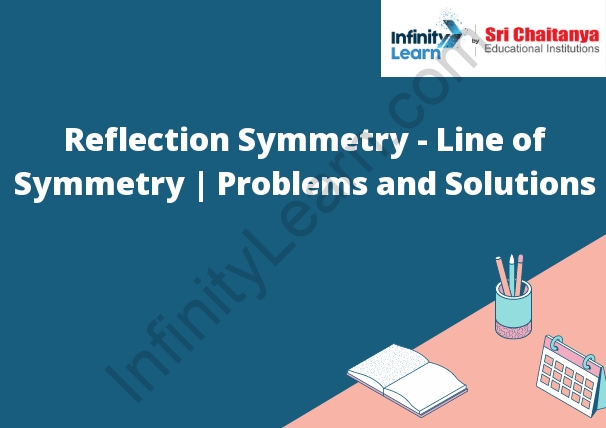Table of Contents
Reflection Symmetry and Line of Symmetry
Reflection symmetry is the property of a figure that allows it to be mapped onto its mirror image by a reflection across a line. A line of symmetry is a line that divides a figure into two mirror-image halves.

Important aspects of Reflection Symmetry:
Reflection symmetry is a type of symmetry in which a object or figure is mirrored across a certain line or point. This line or point is known as the line of symmetry. Objects or figures that have reflection symmetry will look the same if they are mirrored across the line of symmetry.
Reflection Symmetry in Nature
Reflection symmetry is a type of symmetry that is exhibited by objects or shapes that are reflections of each other. In other words, if you were to take an object or shape and flip it over so that it is facing the other direction, the two would look identical. This type of symmetry is often found in nature, as many objects or shapes are reflections of one another.
Reflection Symmetry in Art and Architecture
Reflection symmetry is created when an object is divided in half and the two halves are reflections of each other. This type of symmetry is often found in art and architecture.
Types of Symmetry
There are three types of symmetry:
Reflectional symmetry
Rotational symmetry
Pleated symmetry
Reflection
and Refraction
Reflection is when light waves bounce off a surface.
Refraction is when light waves change direction when they go from one medium to another.
The Laws of Reflection
1. The angle of incidence equals the angle of reflection.
2. The incident ray, the reflected ray, and the normal all lie in the same plane.
3. The magnitude of the reflected ray is the same as the magnitude of the incident ray.
4. The reflected ray is perpendicular to the surface at the point of incidence.
The Difference Between Reflection
and Refraction
Reflection is when light bounces off of a surface. Refraction is when light bends when it passes from one medium to another.









